
Harmony in code: Unpacking DevOps and platform engineering in a cloud-native world
Learn how these disciplines can help improve developer productivity and software delivery.

Introduction
Amid the ever-evolving software development landscape, the debate surrounding DevOps vs. platform engineering has ignited, captivating the attention of professionals and enthusiasts alike. The questions arise: (1) Which side of this coin do you favor or (2) are these two domains interlinked, representing two sides of the same coin?
To demystify the intricate relationship between DevOps and platform engineering, this ebook delves into the core of these practices and explores the nuances, best practices, and tangible benefits each brings. Moreover, it navigates the challenges and complexities organizations face in adopting and optimizing these methodologies.
This ebook presents an opportunity to learn more about DevOps and platform engineering, providing a space to form your perspective about the transformative potential of these methodologies for your organization.
What are DevOps and platform engineering?
DevOps is a flexible framework of software development practices organizations use to create and deliver software by aligning and coordinating software development efforts between two key teams: development (or “Dev") and IT operations (“Ops”).
The easiest way to understand DevOps is to visualize it as a continuous loop. Instead of discrete processes, tasks in development and operations become part of an ongoing cycle that includes building, testing, and monitoring applications and services. The DevOps methodology embodies a cultural shift that requires vision, planning, executive buy-in, and tight collaboration to successfully establish an integrated way of developing and delivering applications.
By embracing a few fundamental practices, teams can improve their efficiency and develop a deeper understanding of their workflows, toolsets, and processes to release better software faster. The following describes the basic tenets and practices that constitute a DevOps approach:
Continuous integration
Continuous integration (CI) is a software development practice in which developers regularly commit their code to a shared repository. With CI, the distributed nature of microservices architecture allows developers to own discrete, manageable chunks of code alongside individual features and work on them in parallel. Each chunk is a software artifact that teams can manage individually.
Continuous delivery
Complementing CI, continuous delivery (CD) takes artifacts that have been pushed to an artifact repository and then deploys the artifacts to multiple environments with different testing and quality assurance criteria that determine the artifacts’ promotion from one stage to another.
Continuous testing and validation
Continuous testing evaluates software quality at each stage of the delivery lifecycle. Ideally using automation, continuous testing identifies poor-quality code and provides fast and continuous feedback to the development teams with the necessary information to address quality concerns.
Observability
Observability is key to understanding the viability of code as it progresses through the pipeline, and it provides insights into the dynamics of software as it reaches the deployed stage. With awareness of logs, metrics, traces, and other key telemetry data, teams can see where potential software issues may arise. Continual data capture and intelligent answers also enable teams to diagnose and remediate issues faster while making better-informed release decisions.
Security
DevOps encourages continuous security based on testing, monitoring, authorization, and inventory tracking. Security testing ensures that security is part of the CI/CD process, covering the full software development lifecycle (SDLC). Also known as DevSecOps, these practices add application security testing into DevOps processes and pipelines from their inception to mitigate vulnerabilities.
Cross-team collaboration
Breaking down team and data silos is paramount to ensuring unification across the DevOps pipeline. Effective DevOps execution means establishing a single source of truth—aggregating data from many sources into one collective location, creating a continuous, cross-team feedback loop.
What is platform engineering?
Platform engineering is a software development and operations discipline that helps software teams build self-service IT capabilities for cloud-native environments. A platform encompasses a set of tools, services, and infrastructure that enables developers to build, test, and deploy software applications.
Platform engineering has emerged as a popular and effective approach for improving developer efficiency and satisfaction. The discipline of platform engineering arose primarily in response to the growing complexity of environments and the subsequent need for organization-wide scalability, self-service, and automation capabilities.
Overall, the central purpose of platform engineering is to support DevOps teams with tools, platforms, and workflows for effective software development. To achieve this, platform engineering often incorporates multiple tools and approaches tailored to the organization's unique needs.
The consistency and flexibility inherent to platform engineering result in scalable solutions that reduce friction between teams. Recognizing this, organizations are adopting microservices architectures and shifting from traditional product teams to teams that apply more widely distributed platform engineering principles. Because platform engineering complements DevOps so well, the two disciplines are tightly interconnected.
Internal developer platforms: The platform in platform engineering
Internal developer platforms (IDPs) are the platform in platform engineering. An IDP is an integrated set of tools, services, and infrastructure that platform engineering teams use to streamline, automate, and enhance the software development process. These platforms are tailored specifically to the needs, demands, and goals of an organization. Platform engineering teams design strong and effective IDPs to help them incorporate and manage the following functions within their organization:
The observability challenge of IDPs and platform engineering
To achieve optimal platform performance and minimize issues, platform engineering teams rely on observability data to gain a better understanding of infrastructure and its performance, metrics, and potential issues or vulnerabilities.
Although an IDP may include some monitoring and logging capabilities, deployment metrics, and environment statistics, it is not a primary observability tool. As such, IDPs can be prone to data silos, lengthy incident management processes, and other complications when not adequately monitored. Observability fills this gap by offering teams the insights needed to properly manage and fine-tune their IDPs.
To learn more, refer to the Observability guide to Platform Engineering.
Four ways DevOps and platform engineering complement one another
Four benefits of DevOps and platform engineering
DevOps benefits
Platform engineering benefits
Four challenges of DevOps and platform engineering
DevOps challenges
Platform engineering challenges
Four ways platform engineering scales DevOps in a cloud-native world
1. Goals
Platform engineering focuses on scaling DevOps across an organization by providing IDPs equipped with standardized self-service capabilities tailored to the needs, requirements, and skill sets within the IT organization.
2. Areas of responsibility
Platform engineering teams are responsible for providing “DevOps as a self-service,” seeking to address the scale concerns of the “you build it, you own it” mentality. This includes understanding the organization-specific use cases, tooling, and underlying infrastructure needed for engineering teams to build and ship their applications.
3. End users and user experience
Platform engineering amplifies the impact of DevOps on end users by creating a resilient and scalable infrastructure that supports continuous improvement. Through meticulous management of the underlying platform, infrastructure, application build and rollout processes, platform engineering ensures consistent and reliable service delivery, optimizing the end-user experience with enhanced system reliability, reduced downtimes, and improved performance.
4. Key metrics and objectives
While faster software delivery, increased frequency of deployments, and reduced software defects and downtime are the key DevOps objectives, platform engineering’s north star is end-user satisfaction. However, this end-user satisfaction is achieved by ensuring ‘platform success,’ which is measured through metrics such as platform downtime, resource utilization, and service provision time. In addition, ensuring a positive developer experience (DevEx) is critical and is measured through metrics such as developer satisfaction, productivity, and efficiency.
Four evolving practices in DevOps and platform engineering
Unified observability and security for DevOps and platform engineering
For organizations looking to transform their ability to deliver value, the implementation of DevOps and platform engineering practices are non-negotiable. Both disciplines are not just beneficial initiatives, they are imperatives that have become increasingly central to the productivity and success of organizations dealing with cloud-native technology.
Given the evidence that the two practices are complementary rather than opposing forces, platform engineering can be thought of as a way for an organization to mature its overall DevOps goals. Platform engineering hones DevOps practices through provisioning centralized self-service solutions for engineering teams at scale.
These solutions come in the form of IDPs and are specifically designed to address the needs and capabilities of an organization, allowing teams to better align and deliver higher quality software faster amidst a potentially complex infrastructure.
In practice, platform engineering helps mature overall DevOps practices by centralizing development tooling, CI/CD toolchains, processes, and lifecycle orchestration solutions into an IDP that development teams can use for greater efficiency. Platform engineering teams implement DevOps practices to create and maintain these platforms, which requires that they understand the use cases for which self-service capabilities teams
Therefore, the debate should not concern the efficacy of DevOps over platform engineering, but rather how teams can best use the two in tandem to deliver the greatest value.
How Dynatrace can help
The Dynatrace unified observability and security platform provides real-time answers and AI-driven automation that integrates telemetry from across multicloud environments and optimizes the output of IDPs, eliminating silos and revealing key end-to-end insights.
With a unified observability and security platform such as Dynatrace, teams can mature their DevOps processes and implement platform engineering at scale. This integrated observability approach gives DevOps and platform engineering teams access to the same reliable information, eliminating blind spots and bolstering automation, so teams can deliver better software faster.
A Leader in the 2025 Gartner® Magic Quadrant™ for Observability Platforms
Read the complimentary report to see why Gartner positioned us highest for Ability to Execute in the latest Magic Quadrant.
This graphic was published by Gartner, Inc. as part of a larger research document and should be evaluated in the context of the entire document. The Gartner document is available upon request from Dynatrace. Dynatrace was recognized as Compuware from 2010-2014.

Trusted by thousands of top global brands





Try it free

Additional Ebooks
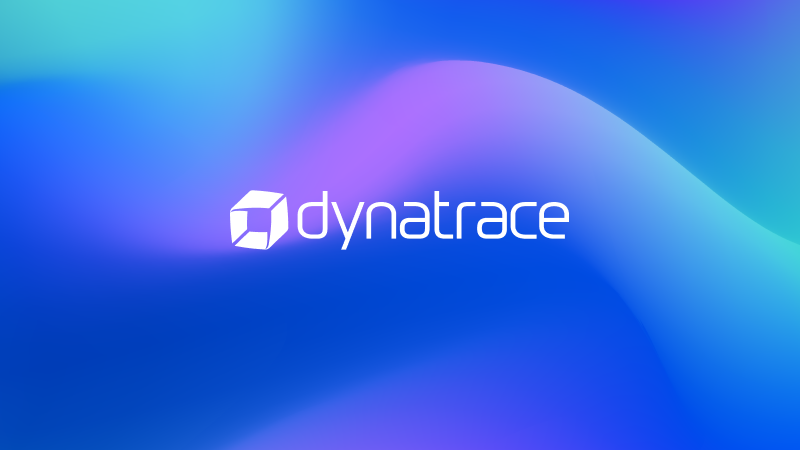
AI-Powered Observability for Financial Services IT Leaders

Business Observability in Action: Dynatrace eBook

Outpacing the Legacy Trap: Dynatrace’s Blueprint for Advancing Observability with Bank of America
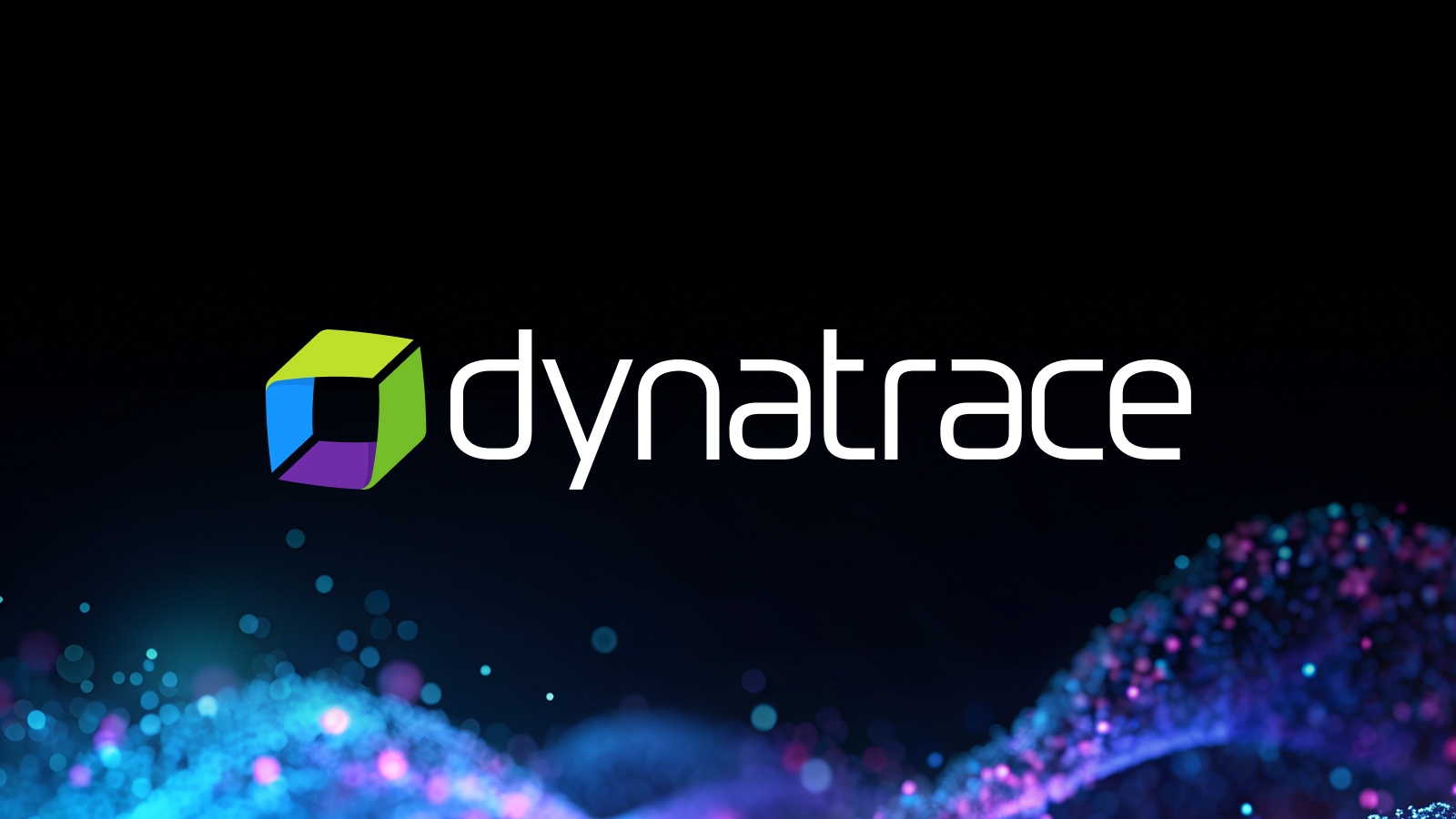
AI adoption starts with observability
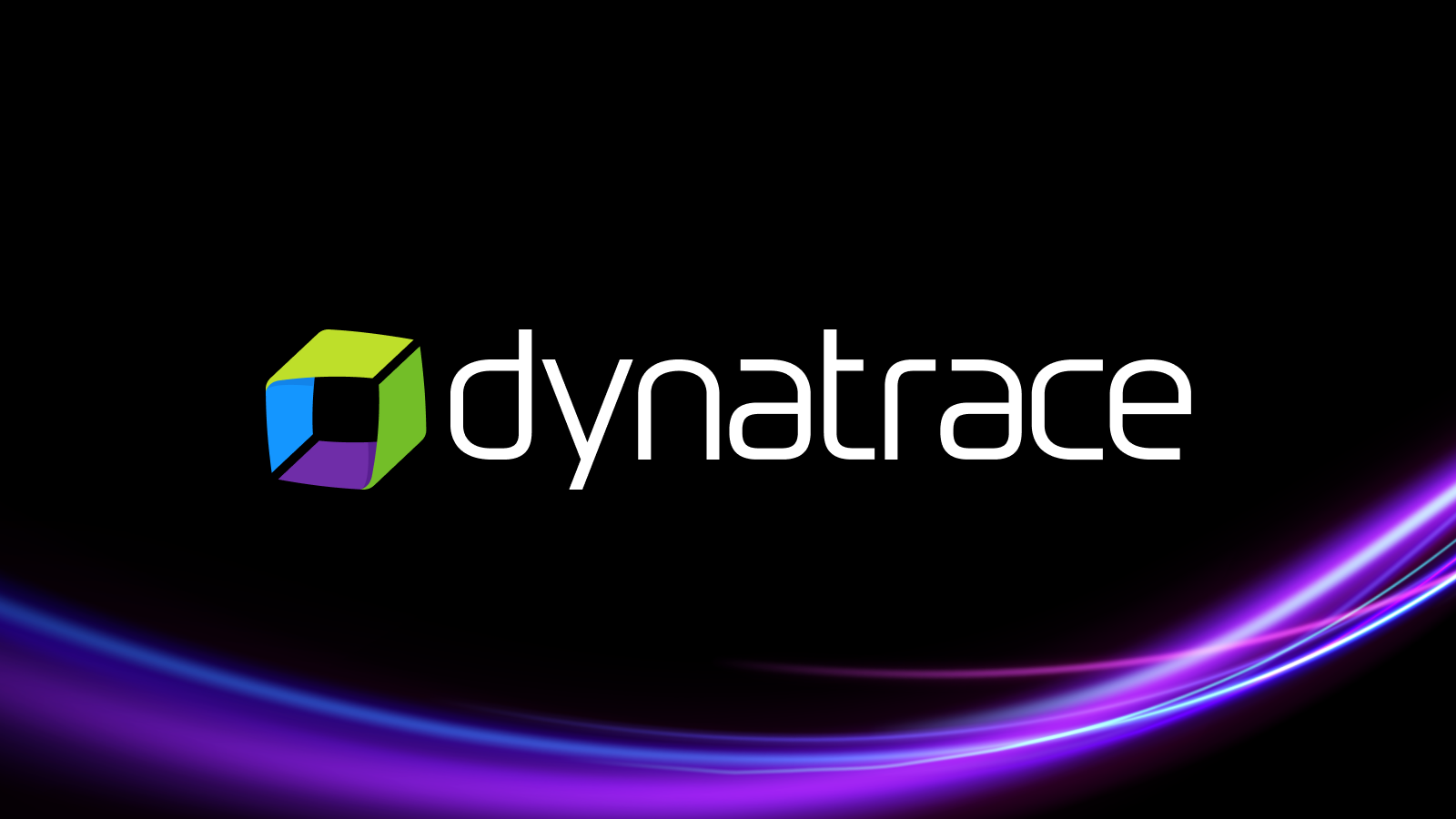
6 challenges enterprise face and how Dynatrace solves them
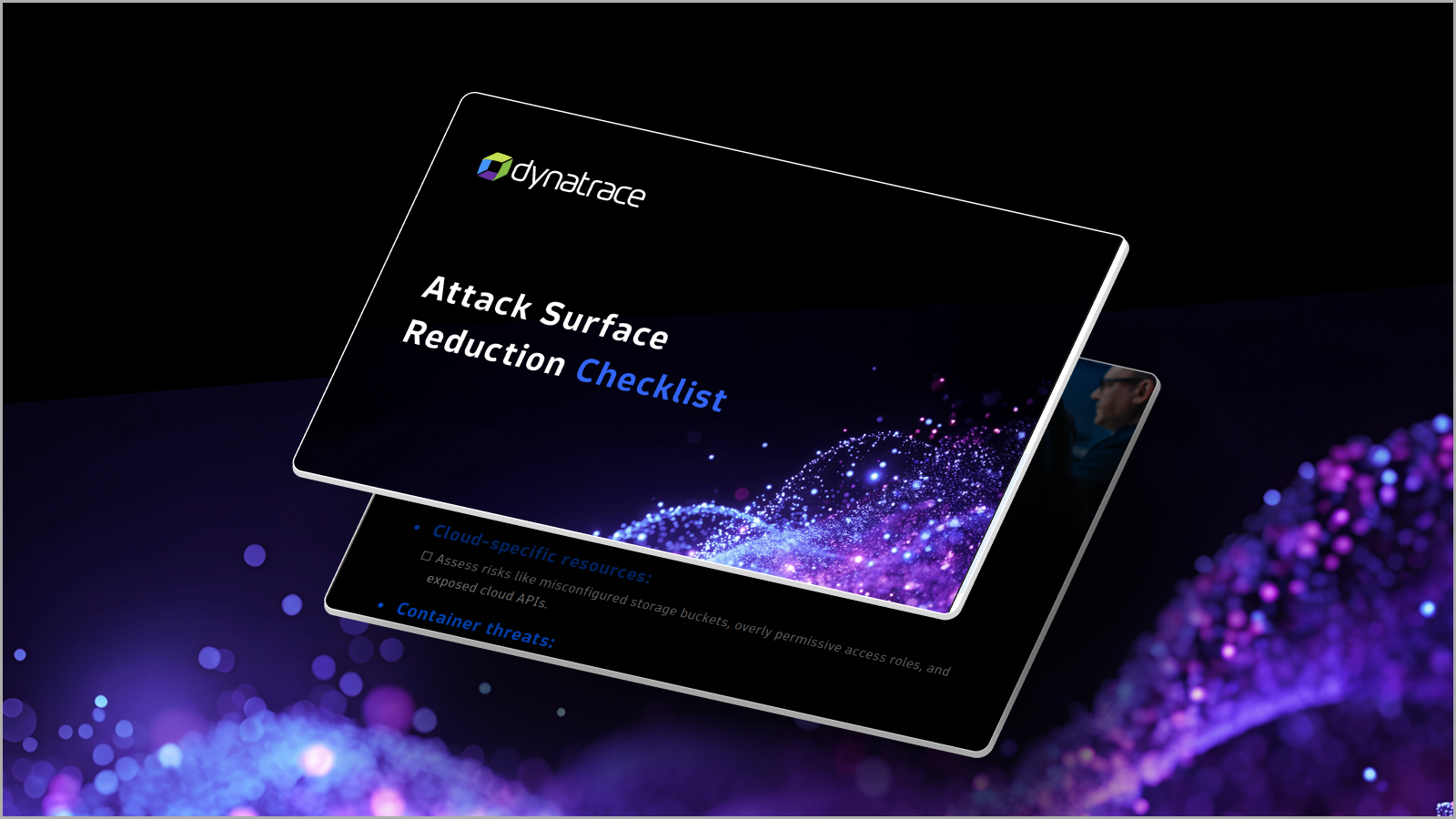
Attack Surface Checklist for Cloud & Kubernetes
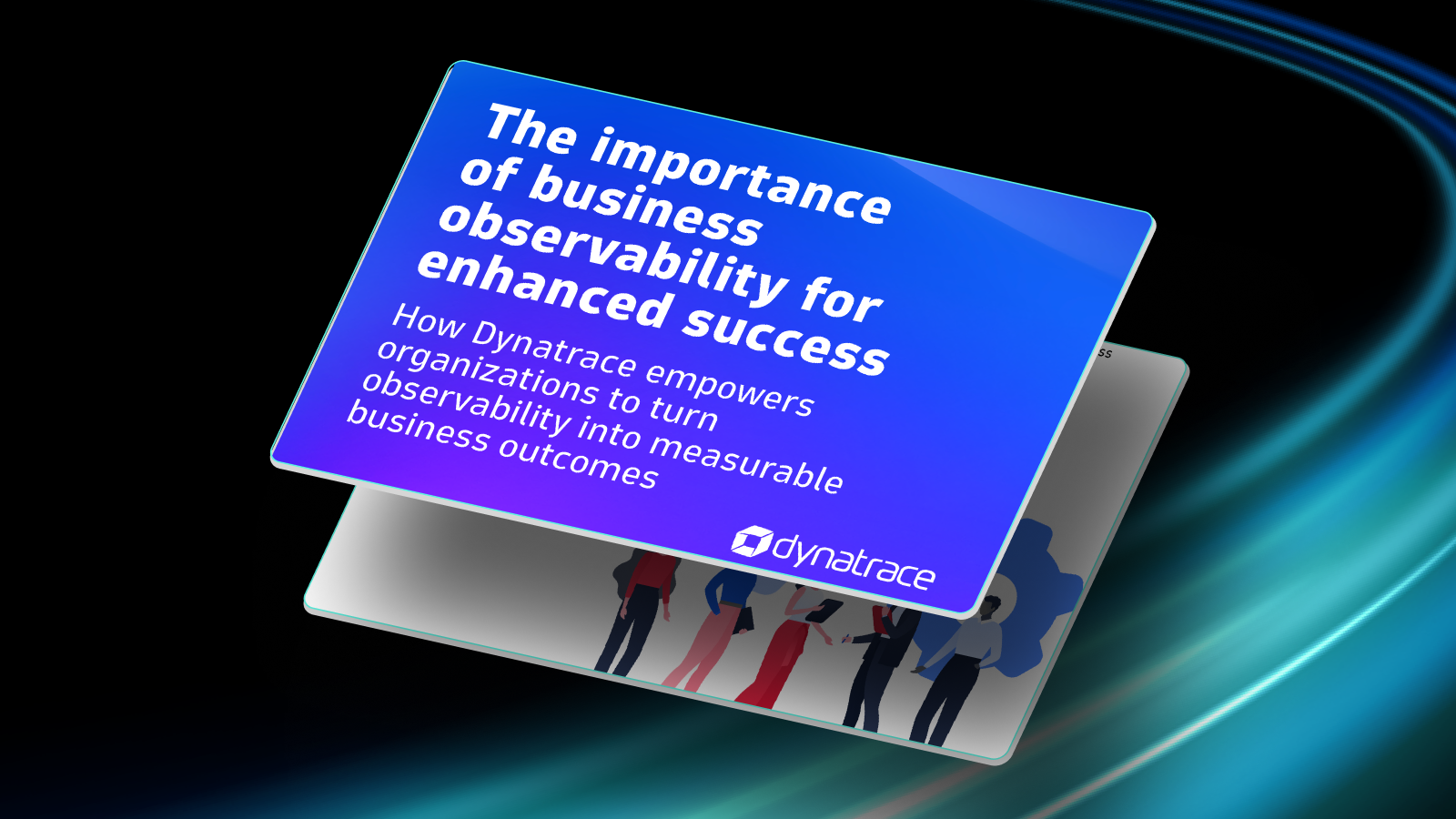
The importance of business observability for enhanced success

The Developer’s Guide to Observability
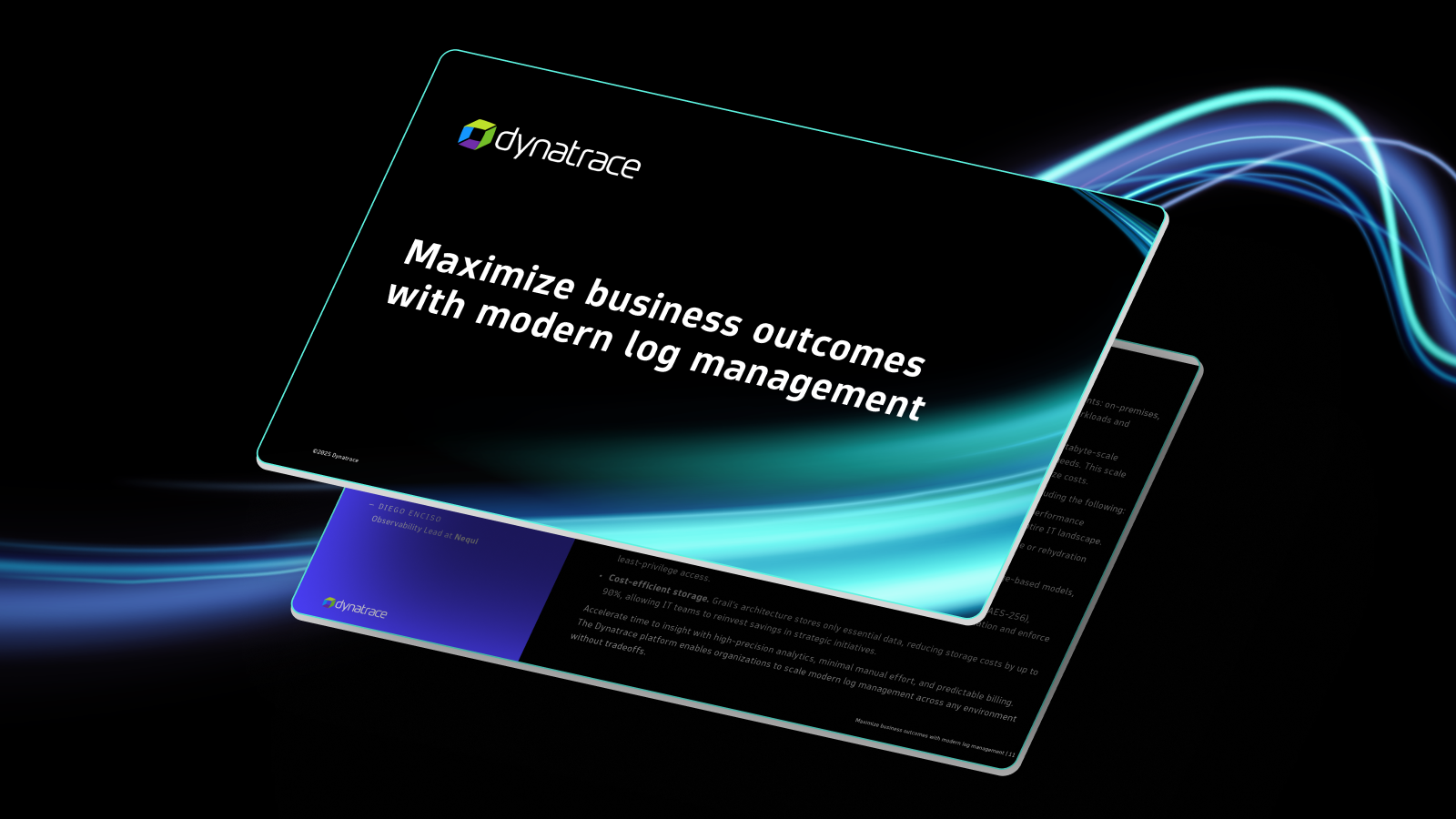
eBook: Maximize business outcomes with modern log management

Beyond monitoring: Analyze, automate, and innovate faster with AI-powered observability
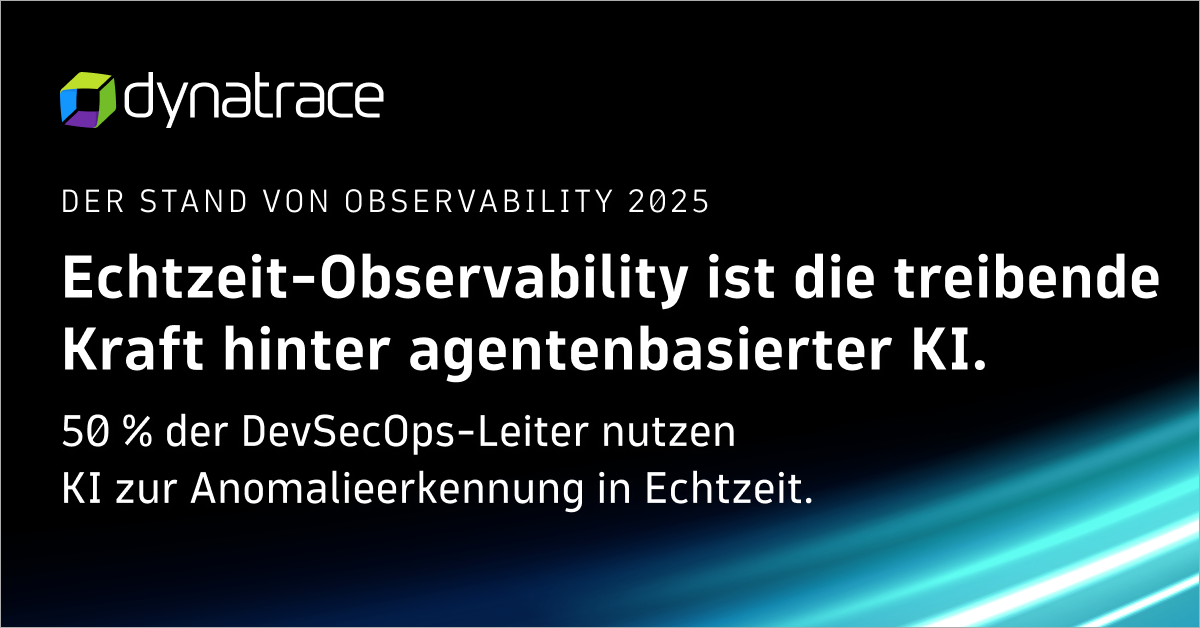
State of Observability 2025: The control plane for AI transformation
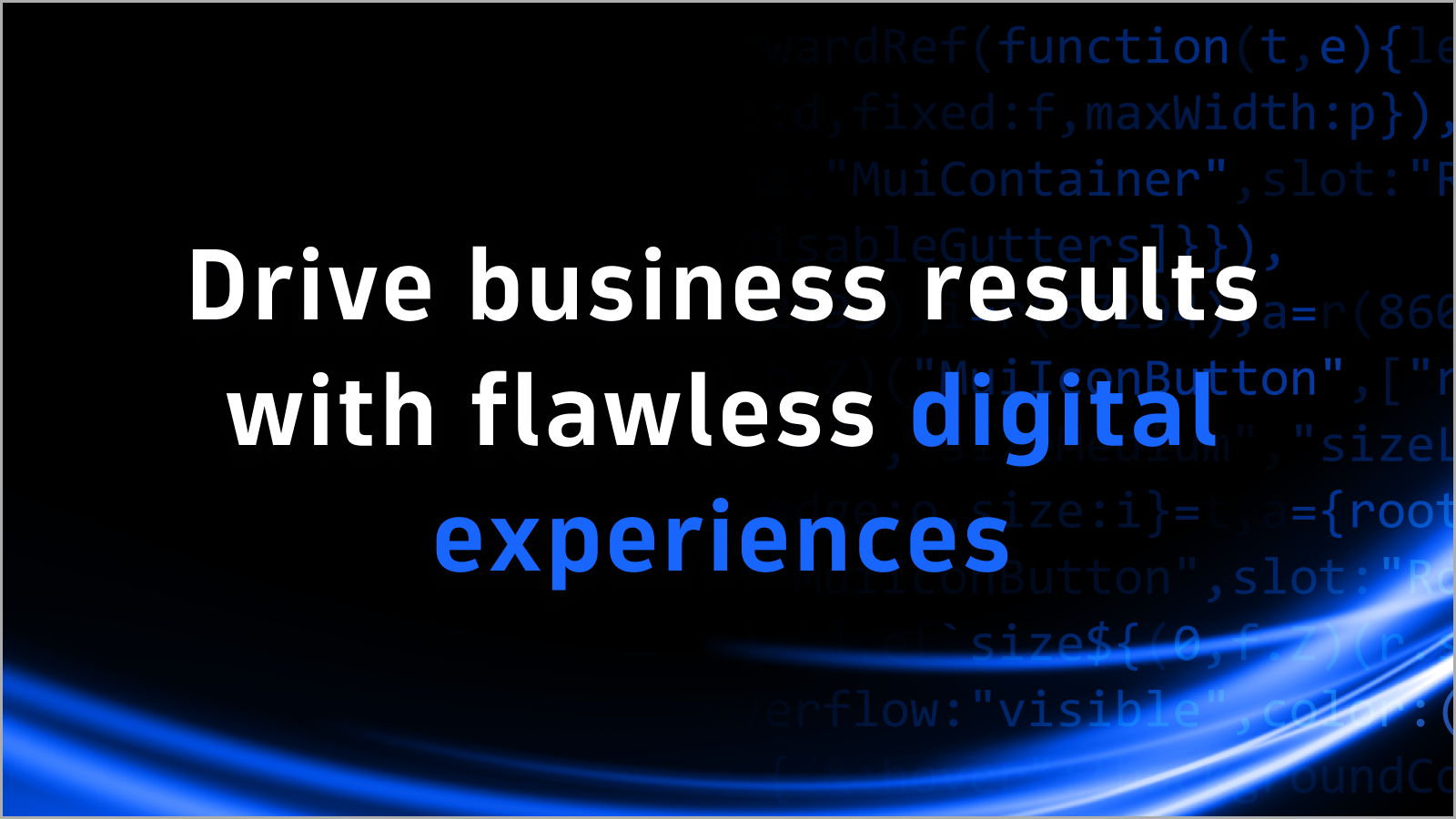
The impact of digital experience on the business
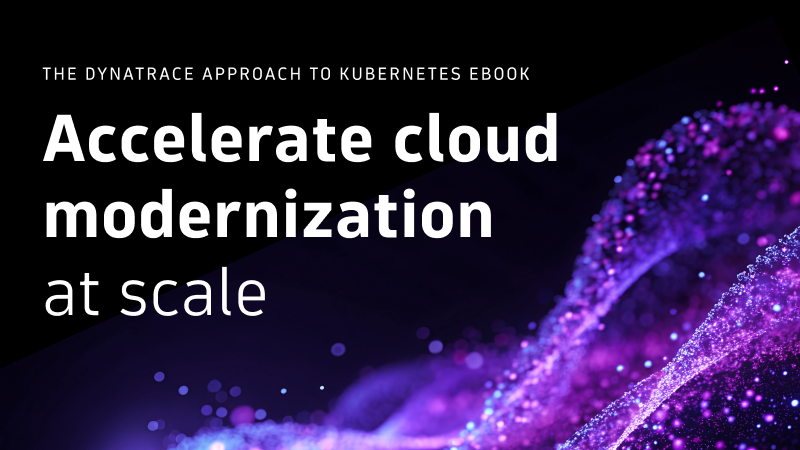
The Dynatrace Approach to Kubernetes

Five strategies to reduce tool sprawl
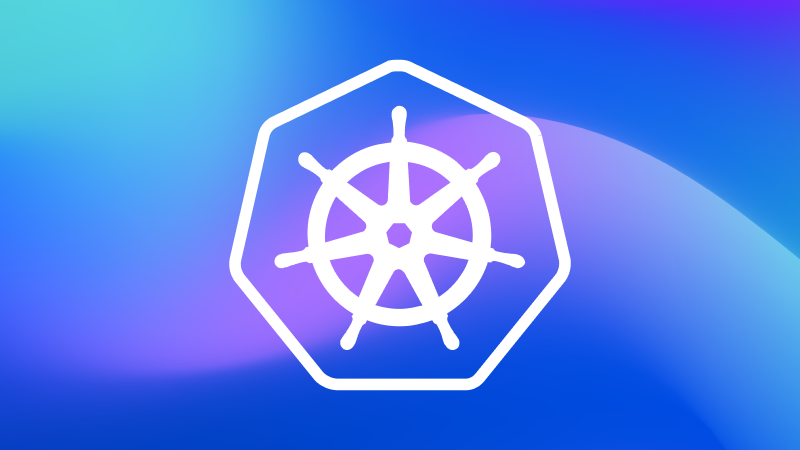
Kubernetes in the Wild report 2025: New trends

Why the cloud needs observability

Kubernetes platform observability best practices guide
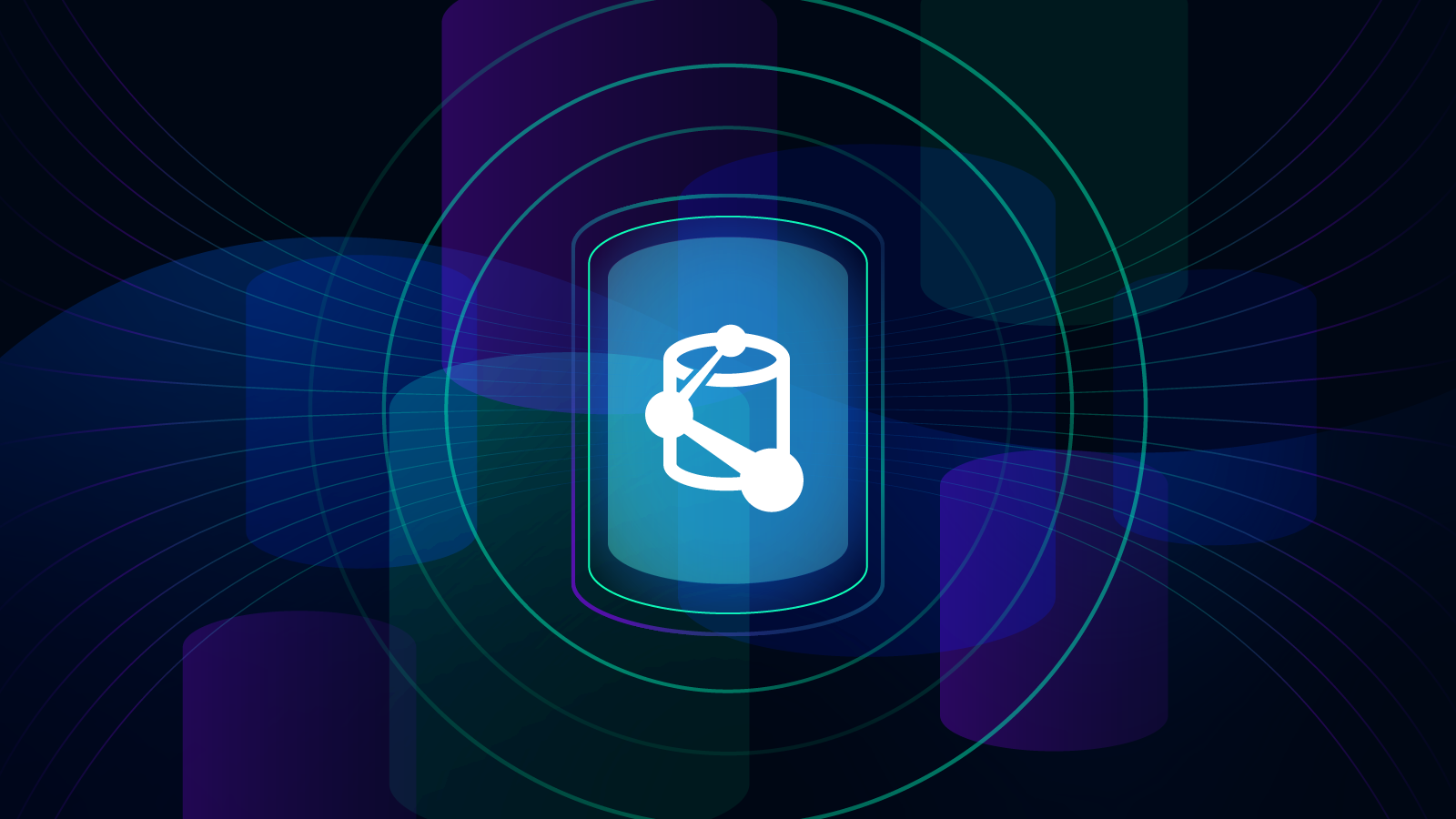
Use Grail to ingest and analyze logs at scale

Answers to the top 6 privacy and security questions
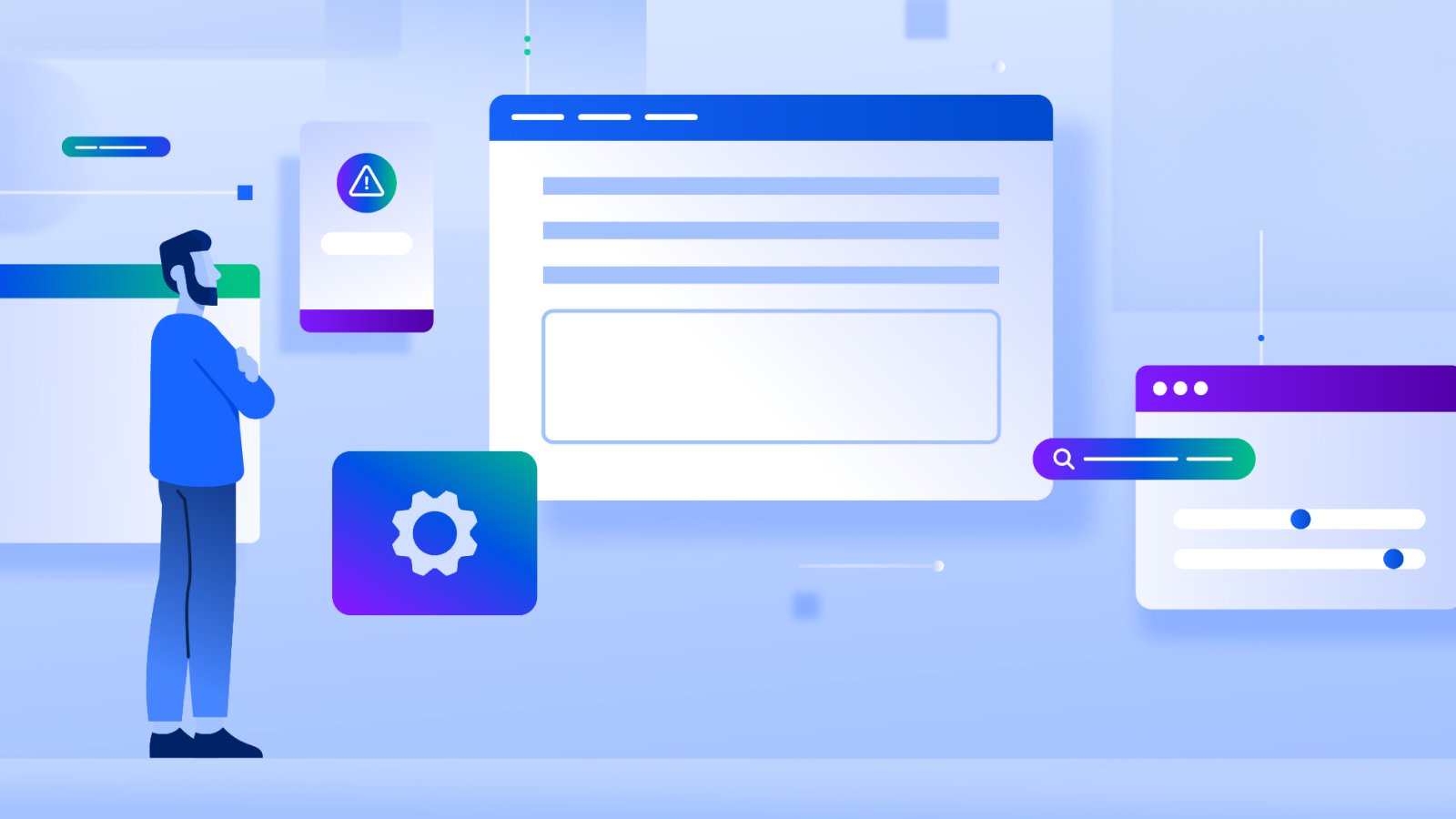
How to make technology your strategic advantage

5 infrastructure monitoring challenges and their impact

6 Best Practices for upgrading from Dynatrace Managed to SaaS

Redefining the customer journey with application optimization

Delivering on the potential of application optimization

5 trends shaping the future of digital transformation

Fighting tool sprawl with unified observability